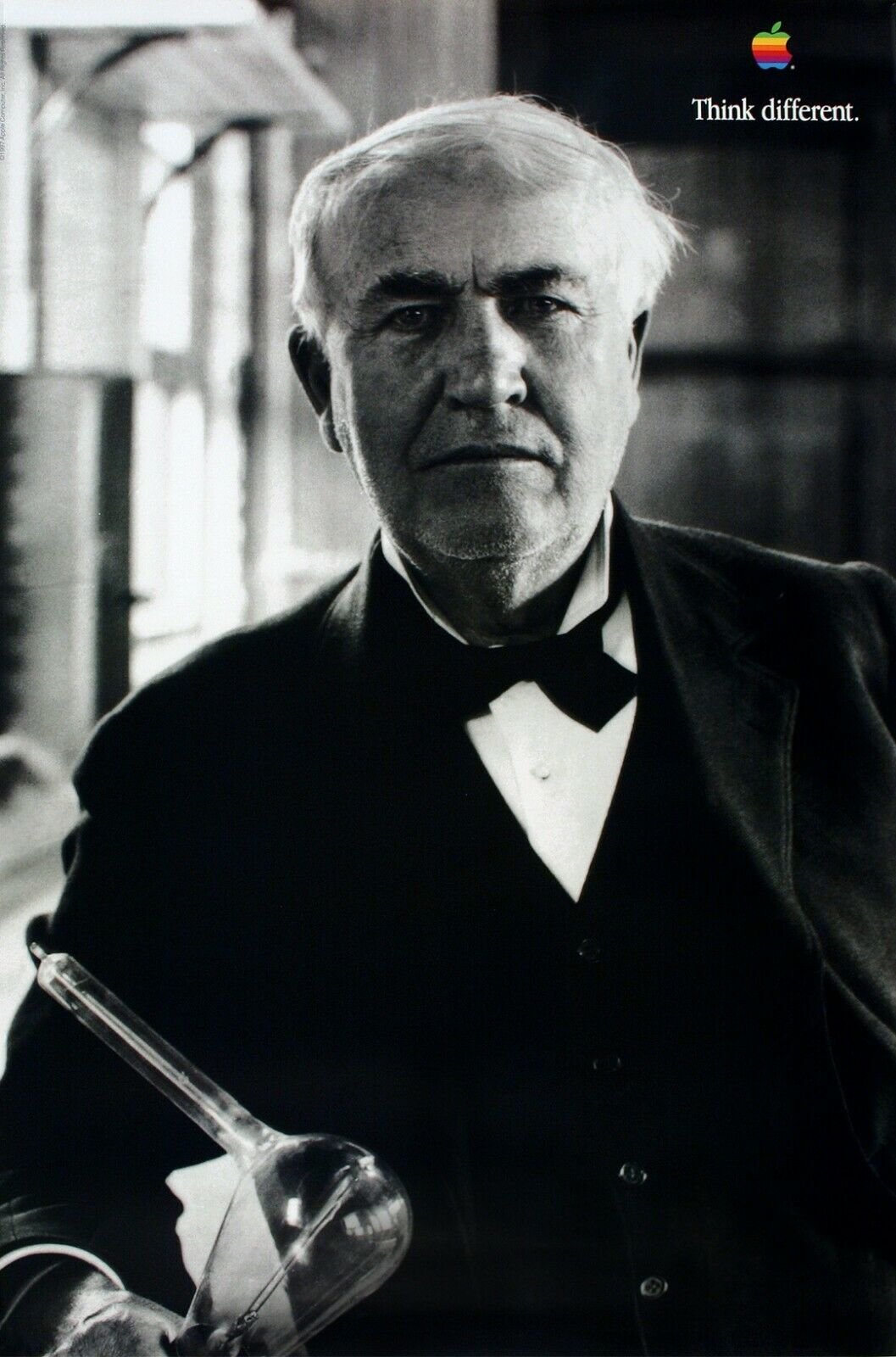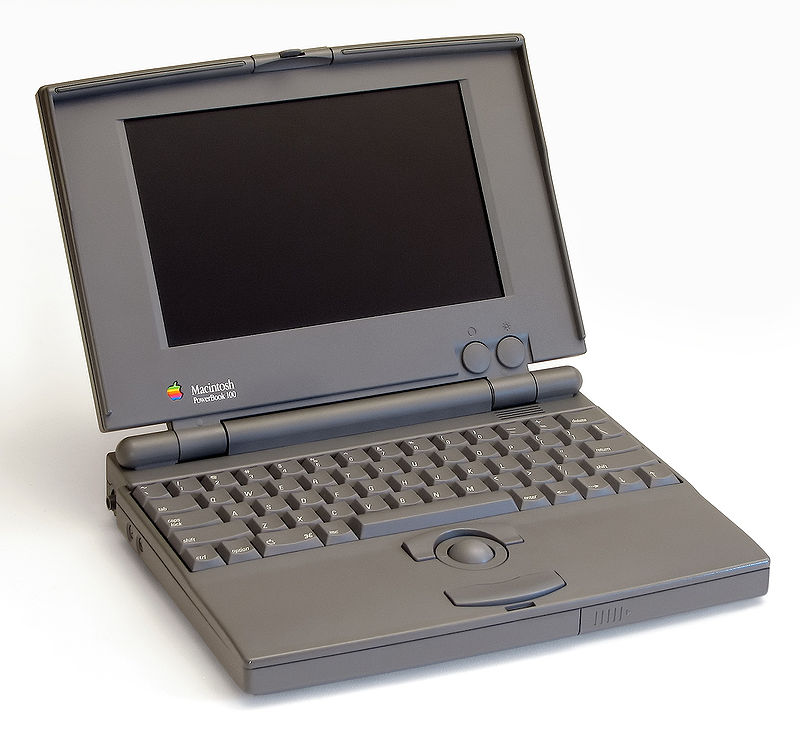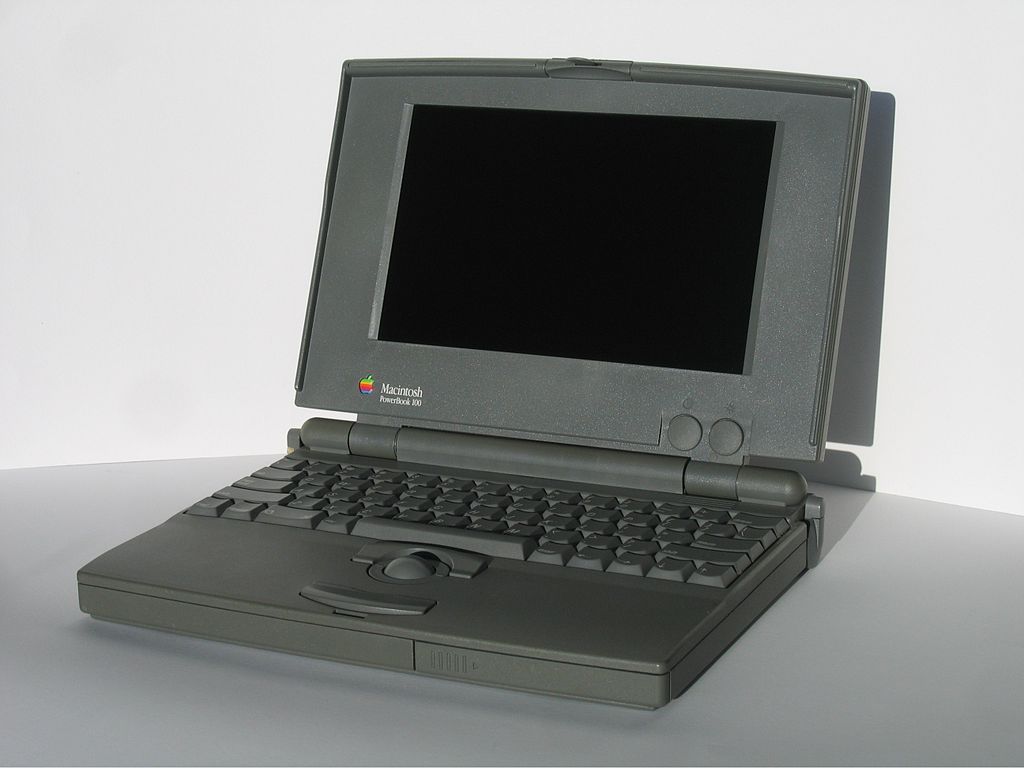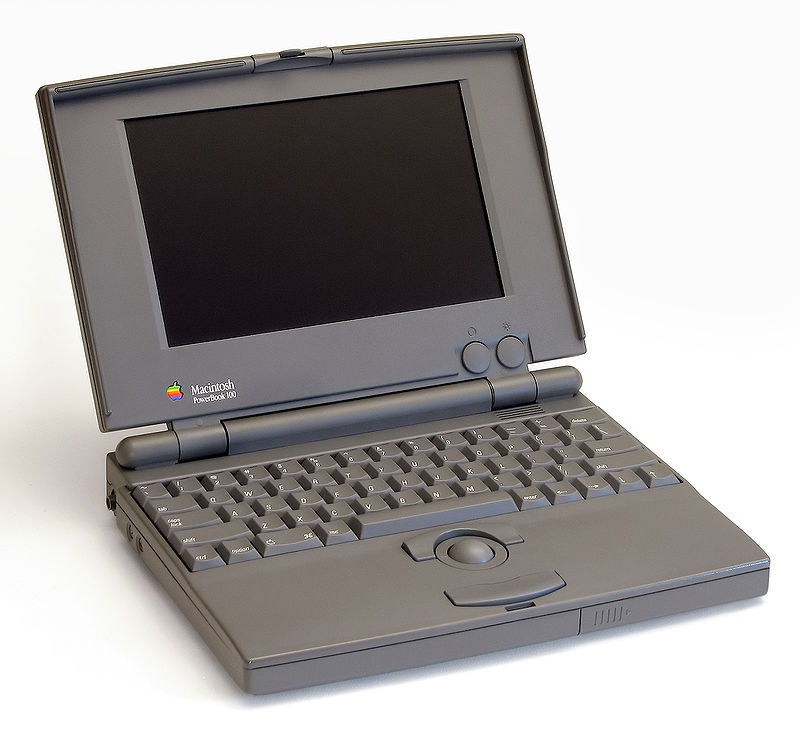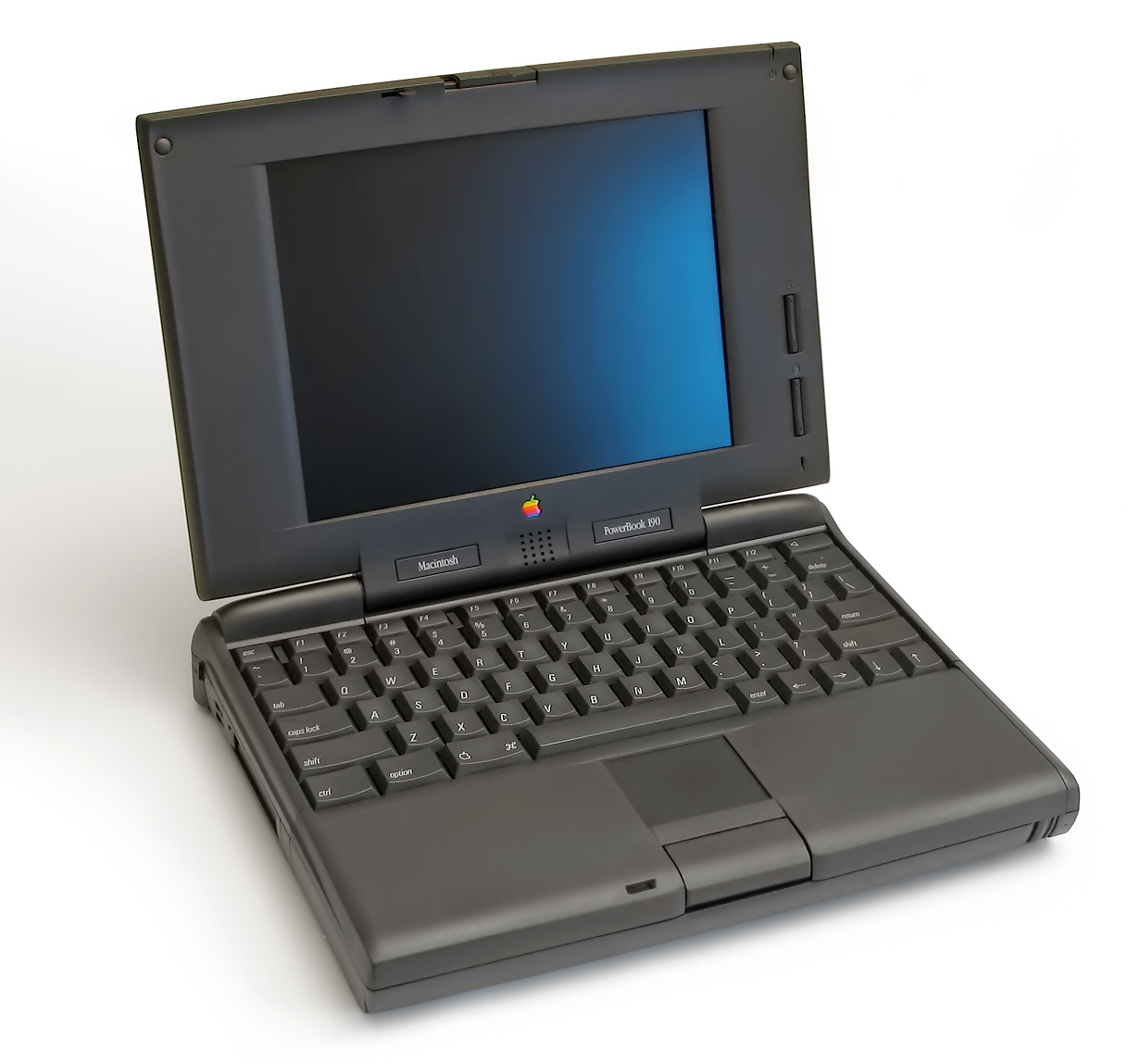In today's part of our series on important events in the field of technology, we will once again remember the anniversary associated with the company Apple after some time. Today is the anniversary of the presentation of the Powebook 100. But we will also be talking about Thomas A. Edison's light bulb or the patent for ferrite memory.
It could be interest you

Thomas A. Edison's light bulb (1879)
On October 21, 1879, Thomas A. Edison completed 14 months of testing his experimental electric light bulb. Although the first experimental light bulb lasted only 13,5 hours, it was a relatively great success at the time. Edison refined a 50-year-old technology to produce safe and economical light bulbs.
Patent for ferrite memory (1949)
On October 21, 1949, American physicist of Chinese origin An Wang patented the so-called ferrite memory. The first idea of using ferromagnetic materials for the realization of memories was born in 1945 in the minds of J. Presper Eckert and Jeffrey Chuan Chu of the University of Pennsylvania's Moore School. In the case of Wang's patent, however, it was not a memory as we know it today, but a type of circuit that used two ferrite cores per bit at the time.
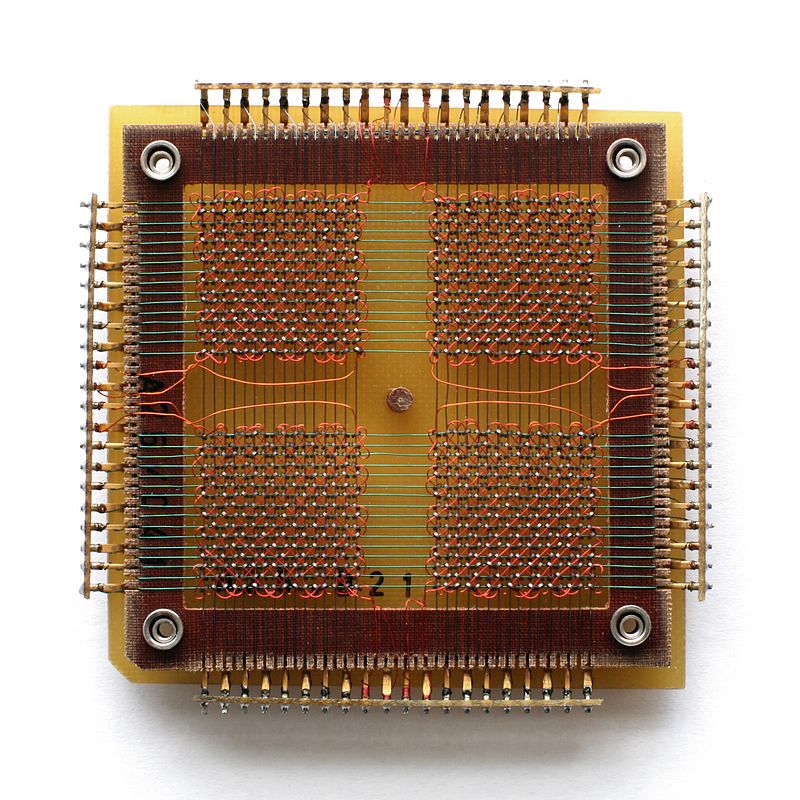
Powerbook by Apple (1991)
On October 21, 1991, Apple introduced its portable laptop called the Powerbook 100. The computer was presented at the COMDEX computer fair in Las Vegas, and was supposed to represent the low-end model of the trio of the first simultaneously released Apple PowerBooks. The Powerbook 100 notebook was fitted with a 16MHz Motorola 68000 processor and equipped with a nine-inch monochrome passive Matrix LCD monitor. The PowerBook—or rather the entire product line—was surprisingly well received by users, earning Apple more than $XNUMX billion in its first year.


